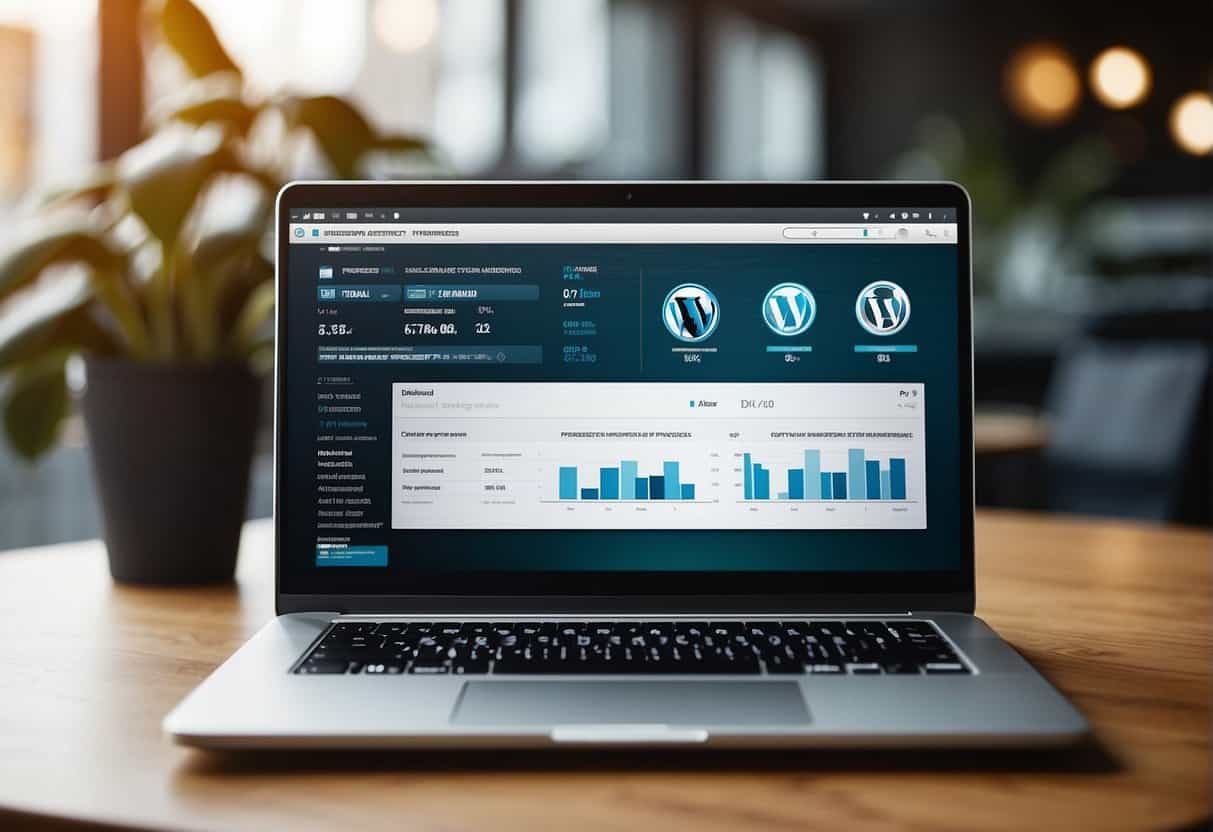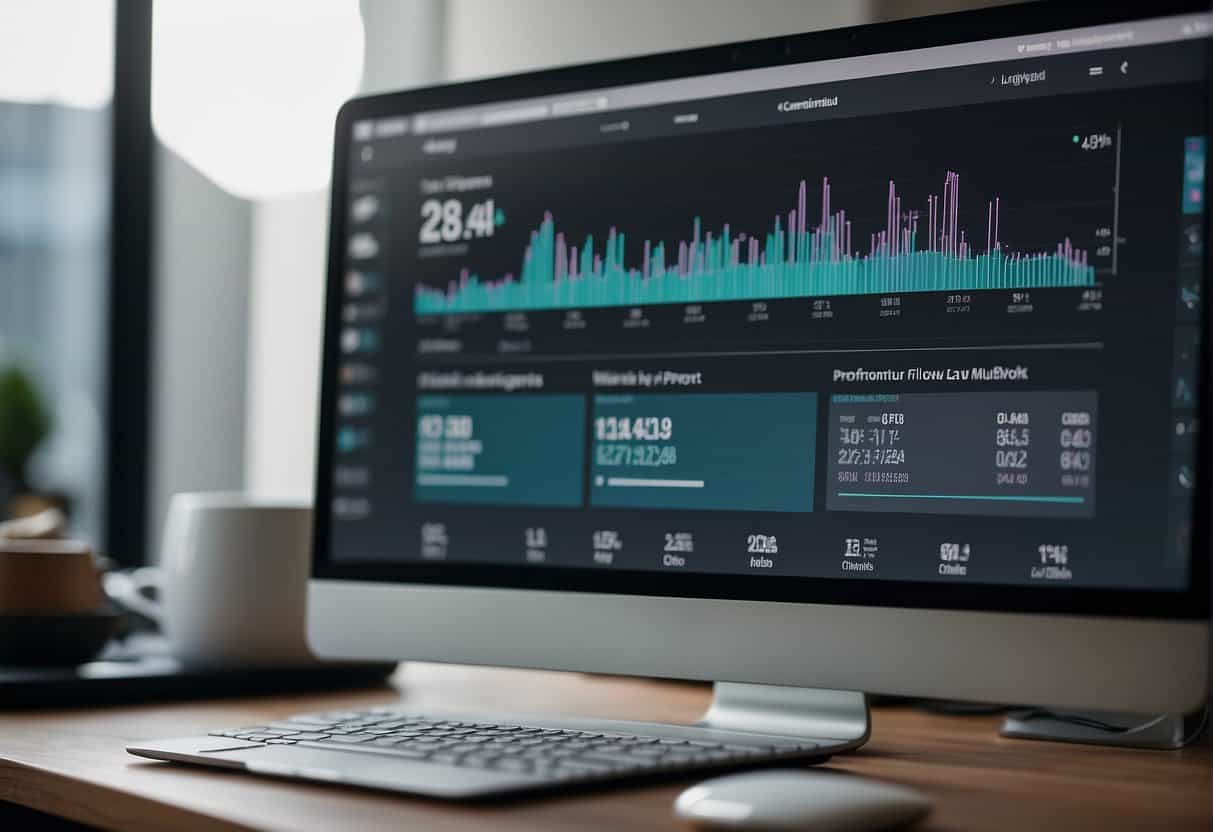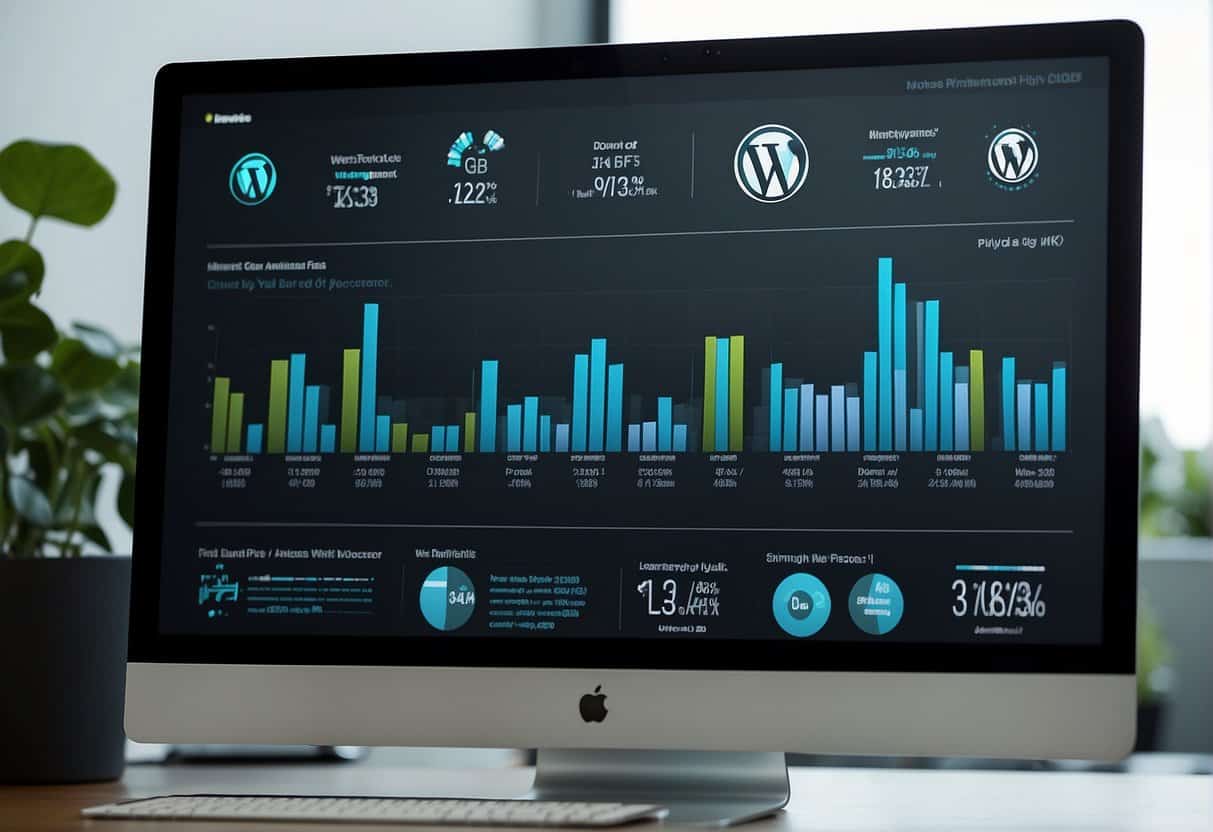In the dynamic world of digital agencies, effective project management is the linchpin of success. Your ability to steer projects toward their intended outcomes hinges on how well you manage resources, time, and client expectations. An optimized project management approach can lead to improved efficiency and better achievement of goals, ensuring your agency remains competitive and profitable.
Understanding the intricacies of project workflows, resource allocation, and risk mitigation becomes imperative. As you navigate the complexities of digital projects, it’s crucial to adopt strategies that align with your agency’s unique needs. By doing so, you are positioning your agency to deliver high-quality services consistently, fostering trust and building a reputation for excellence in an ever-evolving industry.
To optimize project management within your digital agency, it involves more than just choosing the right tools; it’s about embedding best practices and methodologies into the core of your operations. This integration enables you to respond with agility to changing market demands and client needs while maintaining a focus on your strategic objectives. Embracing this mindset is not only about survival—it’s about thriving in the challenging and rewarding realm of digital services.
Understanding Project Management in Digital Agencies
Effective project management is pivotal for your digital agency to deliver work on time, within budget, and to the client’s satisfaction. As you navigate this section, you’ll gain insights into the core responsibilities of a project manager, the methodologies they might employ, and the critical role of team collaboration and communication.
The Role of a Project Manager
Your project manager is the linchpin of successful projects. They are tasked with planning, executing, and closing projects. Project managers lay the groundwork for what needs to be done (scope), who will do it (team), and the timeline for completion (schedule). They identify potential issues before they become problems, ensuring that resources are allocated efficiently.
Key Project Management Methodologies
- Agile: Agile methodology allows for high adaptability and continuous improvement in a fast-paced environment. You can expect frequent updates and changes, with a focus on customer collaboration.
- Waterfall: Waterfall is a sequential approach, where each phase must be completed before the next begins. It’s suited for projects with fixed requirements and clear objectives.
- Scrum: Scrum is an Agile framework that empowers cross-functional teams to deliver products in short cycles, enabling frequent assessment and adjustment.
| Methodology | Ideal for | Key Feature |
|---|---|---|
| Agile | Evolving requirements | Flexibility |
| Waterfall | Predictable, non-changing scope | Structured sequence |
| Scrum | Rapid development | Sprint-based approach |
Importance of Team Collaboration and Communication
Effective communication is the cornerstone of any successful project. As a project manager, ensuring your team is aligned on goals, responsibilities, and deadlines helps to foster a collaborative environment. Utilizing project management tools (such as Asana or Trello) can enhance your agency’s project management by streamlining communication and promoting transparency among team members. Regular meetings and updates are vital in maintaining synchronization across various aspects of the project.
Selecting the Right Project Management Tools
Selecting the optimal project management software is vital for streamlining your digital agency’s operations. The choice hinges on the ability to enhance efficiency and facilitate team collaboration.
Evaluating Project Management Software
When you evaluate project management software, assess its ability to manage tasks, timelines, and budgets effectively. Look for key features like:
- Task Assignment: Understand how the software allows for assigning and tracking tasks.
- Time Tracking: Check if the tool includes time tracking to monitor progress and productivity.
- Resource Management: It should offer a clear view of resource allocation and availability.
- Reporting Tools: Comprehensive reporting capabilities are essential for tracking project progress and analytics.
| Must-Have Features | Description |
|---|---|
| User Interface | Intuitive and user-friendly design is necessary. |
| Customization | The tool should adapt to your workflow, not the other way around. |
| Scalability | It must grow with your agency’s needs. |
| Support Options | When issues arise, prompt and effective support is crucial. |
Integrations and Digital Tools
Compatibility with existing digital tools streamlines workflows and reduces friction. Evaluate integrations by considering:
- API Access: Seamless API integration ensures that the project management tool works effectively with other software tools in your stack.
- Software Ecosystem: It should play well with your digital tools such as CRM, version control, and communication platforms. This synergizes different aspects of your operations.
Remember, the goal is to choose project management software that integrates into your digital agency’s ecosystem without creating silos. Your project management system should be the cog that turns the wheel, not a spoke that stands alone.
Optimizing Workflow and Productivity
Optimizing your workflow and productivity involves adopting efficient practices and managing your tasks and time effectively. By integrating these strategies, you will streamline your project execution and enhance overall performance.
Implementing Agile and Lean Practices
Agile practices aim to enhance your team’s adaptability and speed. By working in sprints, you focus on delivering small, incremental changes that can be assessed and adjusted quickly. This minimizes risk and ensures continuous improvement. Key Agile Techniques:
- Scrum: Work in short cycles called sprints to produce rapid, iterative progress.
- Kanban: Visualize workflow stages using a Kanban board with columns representing different stages of the task lifecycle.
Lean practices are about maximizing value while reducing waste. They rely on:
- Value Stream Mapping: Identify and remove any steps in your process that don’t add value.
- 5S Methodology: Sort, set in order, shine, standardize, and sustain your workplace organization.
Task and Time Management Strategies
Task management starts with identifying each project’s necessary actions and breaking them down into manageable components. Effective Task Management Tools:
- To-Do Lists: Outline every task that needs to be completed.
- Project Management Software: Use tools like Asana or Trello for assigning tasks, setting deadlines, and tracking progress.
Time management is equally critical to ensure that you meet deadlines without sacrificing quality. Strategies for Better Time Management:
- Pomodoro Technique: Work in focused bursts (typically 25 minutes), followed by short breaks.
- Time Blocking: Allocate specific blocks of time for different tasks or types of work.
By integrating these task and time management strategies with agile and lean practices, your digital agency will experience a significant boost in both workflow and productivity.
Measuring Success and Adapting Strategies
In your digital agency, the accurate measurement of success and the continual adaptation of strategies are paramount. By analyzing key performance indicators (KPIs) and campaign results, you can identify what works and adjust your course for better outcomes.
Tracking KPIs and Metrics
Understanding KPIs: Identify precise KPIs that align with your agency’s goals. Common KPIs for digital agencies include conversion rates, client retention rates, and average project delivery time.
- Conversion Rates: Track the percentage of leads turning into clients to gauge your campaigns’ effectiveness.
- Client Retention Rates: Measure long-term client satisfaction and your team’s capacity to maintain client relationships.
- Average Project Delivery Time: Evaluate your team’s efficiency by monitoring the time taken from project initiation to completion.
Collecting Data: Use tools to automatically collect data on these metrics, ensuring you have real-time access to performance insights.
| Tool | KPI Tracked | Use Case |
|---|---|---|
| Google Analytics | Conversion Rates | To review the success of online marketing campaigns |
| CRM Software | Client Retention Rates | To record client interactions and history |
| Project Management Tools | Average Project Delivery Time | To oversee timelines and workload |
Learning from Campaign Analysis
Evaluating Marketing Campaigns: After each marketing campaign, systematically analyze which strategies yielded the best results. This evaluation should include a review of:
- Engagement metrics such as click-through rates (CTR) and social media interactions.
- Revenue generated versus the campaign budget to determine return on investment (ROI).
- Lead quality and quantity, examining which channels brought in the most valuable prospects.
Iterating Strategies: Use your findings to refine your marketing strategies. If certain tactics are not working, pivot quickly. If a particular approach is successful, scale it to amplify your results.
- If CTR is low, test different ad copy or creative elements.
- If ROI is positive, consider increasing the budget for subsequent campaigns.
- When leads from a channel are of high quality, focus more efforts on that platform.
Regularly revisit and reevaluate your metrics and strategies to ensure your digital agency remains agile and responsive to the ever-changing digital landscape.
Enhancing Client and Team Experience
In optimizing project management within your digital agency, focusing on both client and team experiences is crucial. By streamlining resource and client management and fostering a culture of continuous improvement, you can boost productivity and satisfaction on all fronts.
Effective Resource and Client Management
Resource management is central to your team’s success. By utilizing software that provides a real-time view of resources, you can allocate tasks effectively, ensuring that no team member is overburdened. This results in a balanced workflow and allows for deadlines to be met with higher quality work.
- For Clients: Adopt tools that allow clients to track the progress of their projects. This transparency builds trust and can lead to stronger relationships.
- For Team Members: Encourage the use of time-tracking tools to help them manage workloads and avoid burnout.
Client management is equally important, and the right systems can facilitate smoother interactions. Implementing a Customer Relationship Management (CRM) system streamlines communication and centralizes client data, making it easier for your team to access and use this information effectively.
- Communication: Use secure, easy-to-use platforms for regular client updates.
- Accessibility: Ensure that client information is easily accessible by authorized team members.
Building a Culture of Continuous Improvement
Your digital agency’s longevity is dependent on its capacity to evolve. Encourage team members to contribute ideas on how to enhance workflows and client management practices.
- Feedback Loops: Regularly gather feedback from both clients and team members.
- Training and Education: Invest in training to ensure that your team is skilled in the latest tools and methodologies.
By prioritizing the client and team experience, your agency can streamline operations and cultivate an environment where clients feel valued and team members are empowered.







